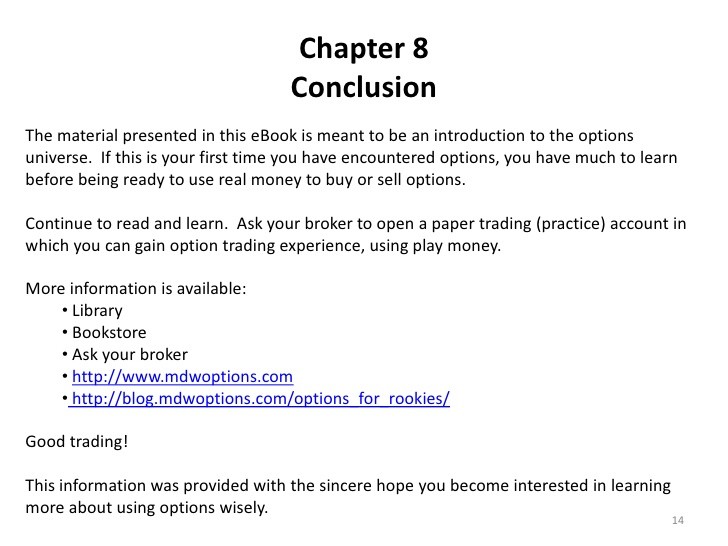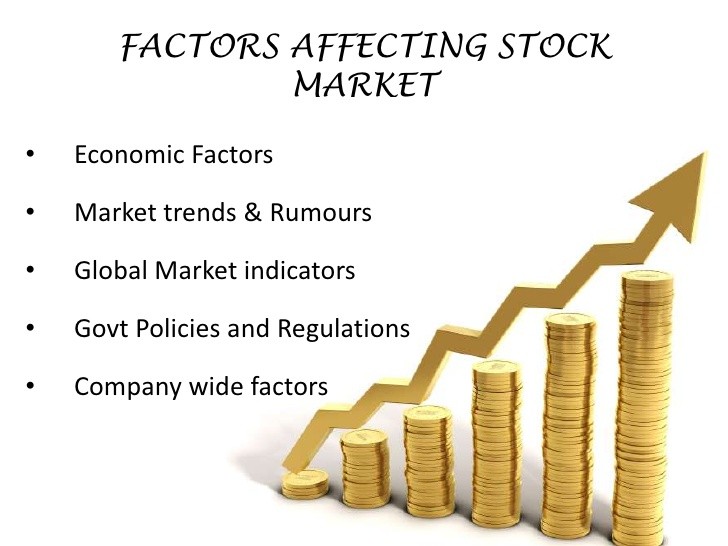The Basics On Stock Trading
Post on: 5 Сентябрь, 2015 No Comment

0 Comments
The most common picture that comes to mind when people hear about stock trading is the one we see in movies where men in suits basically shout and wrestle each other in some huge New York building to bicker about money. Although to some extent, there is some truth to this image, trading in the stock market is actually a more complex concept that helps many people earn money and keep businesses alive.
The concept of trading fundamentally consists of the buying and selling of stocks among individuals or companies through brokers. Through buying a share of stock or a share of ownership in a particular company, an individual can then benefit and earn money from however the company they invested on may fair in the market.
There are two basic methods in which the stock market operates on the exchange floor where buying and selling is done more traditionally and electronically where technology takes on the exchange game.
Trading On The Exchange Floor
The trading that occurs on the more traditional exchange floor of the New York Stock Exchange (NYSE) is basically what most of us have become accustomed to from seeing it in the movies and on television. Basically, the NYSE consists of many brokers who negotiate the deals for individuals to be able to trade stocks.
As chaotic as the stock exchange floor may seem, there is actually a common pattern that occurs among most simple trades. First, an order to buy a certain number of stocks would be negotiated through a broker. After this, the brokers order department would forward this arrangement to their floor clerk on the exchange. The floor clerk would then inform the companys floor traders in order to find other traders that are willing to sell the equal number of stocks from the company that is offered to be bought. After the two parties agree on a price and close the deal, the message would be forwarded back up the line, and the broker would then inform the interested buyer on the final price.
Negotiations may take a few minutes or even longer, depending on the performance of the stocks as well as the market. For more complex trades and larger orders of stocks however, there may be a more complicated process but the principles basically remain the same.
Trading Electronically

A growing trend these days however, is trading stocks electronically, which is done through advanced computerized systems. Unlike the NYSE that generally operates through the manpower of brokers, its counterpart, the National Association of Securities Dealers Automated Quotations (NASDAQ), trades stocks completely through electronic means.
These electronic markets forgo with human stockbrokers and instead make use of advanced computer networks to match buyers and sellers. And through this method, transactions are usually faster and more efficient.
Through electronic trading, investors get many benefits such as being able to get faster confirmations, as well as facilitating control by having online investing readily available through the Internet. However, brokers basically still handle the trades, as investors do not have direct access to the electronic markets.
The process that takes place in both methods however, is usually hidden from investors. Typically, if you are an investor, a call from your broker and regular reports on your stock investments would be provided for you, but you will not really get to see what is happening behind the scenes.
Through the investments that individuals make, many businesses are kept afloat and running. And in exchange for this, investors get a fair share of earnings. Stock trading may be a complex process, but at the end of the day, many people basically benefit from all of it. As a result, the whole concept becomes simple.














